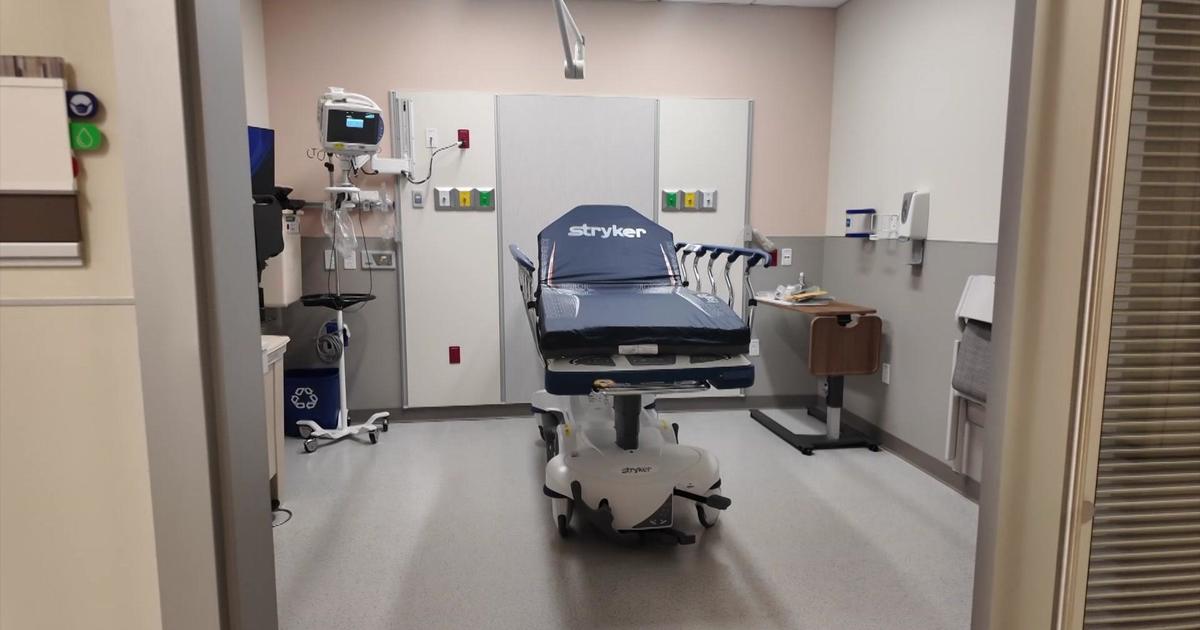AMAZING: Paralyzed Woman Walks Again Thanks To Groundbreaking Spinal Cord Treatment
NEW YORK (CBSNewYork) -- Helping the paralyzed walk again has long been the Holy Grail of spinal cord injury research and now, doctors are getting very close.
CBS2's Dr. Max Gomez spoke with someone who's been able to get out of her wheelchair and take those first few steps.
Doctors used to think the spinal cord was a kind of passive relay of signals from the brain to the legs, and when that relay was injured those brain signals couldn't get to the nerve cells that controlled the legs.
Kelly Thomas proved that wrong. The Florida native was an active teenager who rode horses, fished, and worked on her family farm. Four years ago, a car accident left her a paraplegic - unable to walk or even move her legs.
"I could still feel my body, but I had no motor control at all," said Kelly.
She says her brain was telling her legs to move, but her legs weren't listening. Luckily, Kelly wasn't the kind of person to accept paralysis.
"I knew it deep in my soul that I was gonna walk again," she said. "I was definitely gonna walk."
Kelly volunteered for a groundbreaking study at the Kentucky Spinal Cord Injury Research Center at the University of Louisville. Dr. Susan Harkema and her team sought to show that the spinal cord was as important as the brain when it comes to walking.
"The spinal cord is the primary controller of walking," said Dr. Harkema. "It has all of the circuitry for walking, it controls walking."
To prove that, Kelly had an electrical stimulator implanted on her spinal cord. She showed CBS2 how she turns it on and off by holding a remote over the controller on her abdomen. Sure enough, she soon stood on her own. After some intense concentration, she even started walking.
She remembers how she felt the first time she was able to do that.
"My lips started quivering and my face got hot and my eyes got teary and I thought 'OMG, that just happened - I took steps'," she said.
The stimulator isn't what's moving her legs. It creates an electrical field that allows the spinal cord to remember how to walk, but it took hundreds of hours of intense physical therapy and mental focus for Kelly to learn to control those spinal cord nerve cells.
She says every step is exhausting, but worth it.
"It makes me feel normal again," she said. "It makes me feel like I can be an active member of society."
In addition to the psychological benefit, Dr. Harkema explained that even just standing and taking a few steps has tremendous physical benefits - improved bone strength, cardiovascular, lung, and even bowel and bladder function.
The team at the University of Louisville says their study is just the beginning, and there's a lot of work left to be done to improve the groundbreaking technology.



